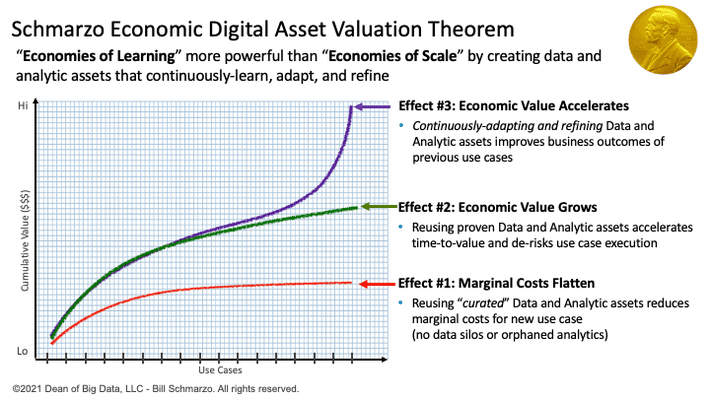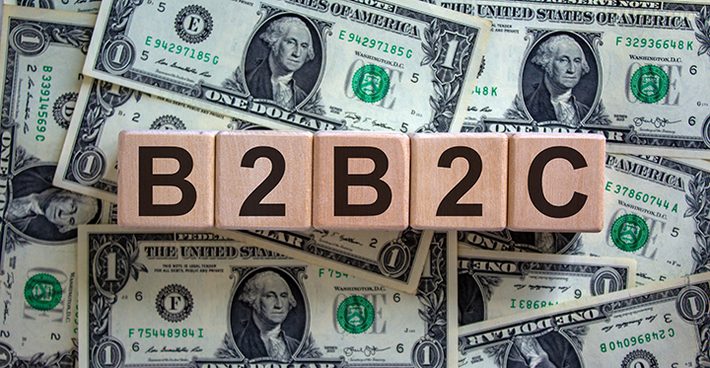
Most of the Big Data, Data Science and AI / ML success stories seem to revolve around Business-to-Consumer (B2C) industries. The companies that we see leading the economic exploitation of data and analytics are primarily B2C companies such as Apple, Alphabet (Google), Microsoft, Amazon, and Facebook (Figure 1).
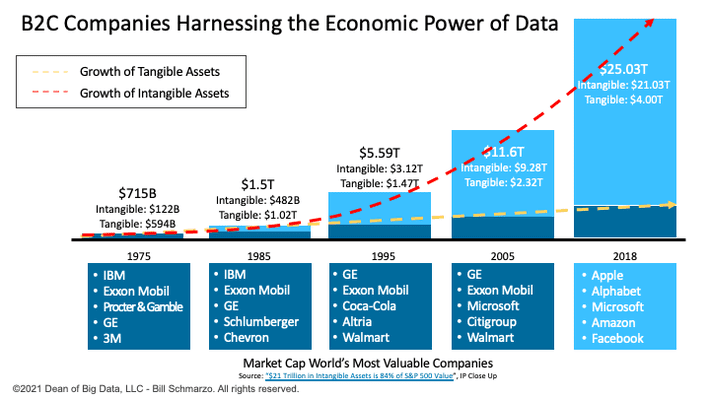
Figure 1: World’s Most Valuable Companies are exploiting the Economics of Data and Analytics
The advantage that B2C companies in industries such as retail, entertainment, transportation, hospitality, and healthcare have is that they have direct access to granular, real-time consumer purchase transactions and engagement activities. It is from these consumer transactions and engagement activities that B2C companies can build Data Products that optimize (and monetize) consumers’ key decisions such as what products to buy, where to go on vacation, where to go dine, how to get to the airport, and even who to date (Figure 2).
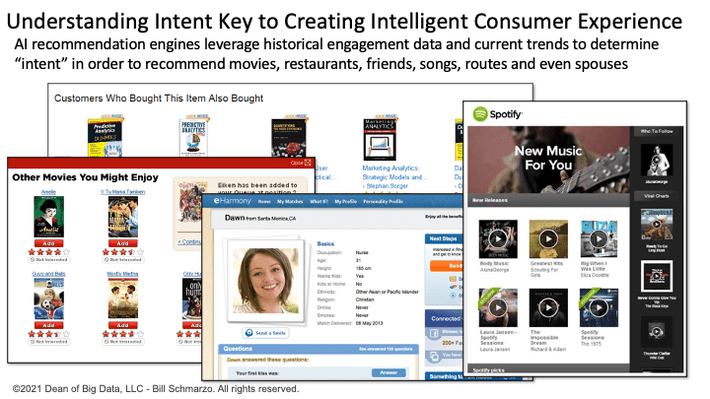
Figure 2: B2C Companies can drive their monetization efforts by determining customer intent
Data Products are a category of domain-infused, AI-powered apps designed to help non-technical users manage data-intensive operations to achieve specific business outcomes. Data Products use AI to mine a diverse set of customer and operational data, identify patterns, trends, and relationships buried in the data, and make timely predictions and recommendations. Data Products then track the effectiveness of those recommendations to continuously refine AI model effectiveness and consumer satisfaction.
The key to creating successful Data Products in B2C industries is a deep understanding of their consumers’ granular, real-time purchase transactions and engagement activities. But even in Business-to-Business (B2B) industries, the consumers are the key source of value creation
For how successful the B2C companies have been in monetizing their B2C value chain, that B2B companies, or better said, Business-to-Business-to-Consumer (B2B2C) companies, are even better positioned to leverage Data Products to monetization their B2B2C value chain. Let’s explore that proposition further.
Understanding the B2B2C Value Chain
If Data Products are driven by the opportunity to optimize and monetize the key decisions being made by your “consumers”, then B2B2C companies have the advantage of having two sets of “consumers’ from which to drive your monetization efforts: 1) business or channel consumers and 2) the end consumer (Figure 3).
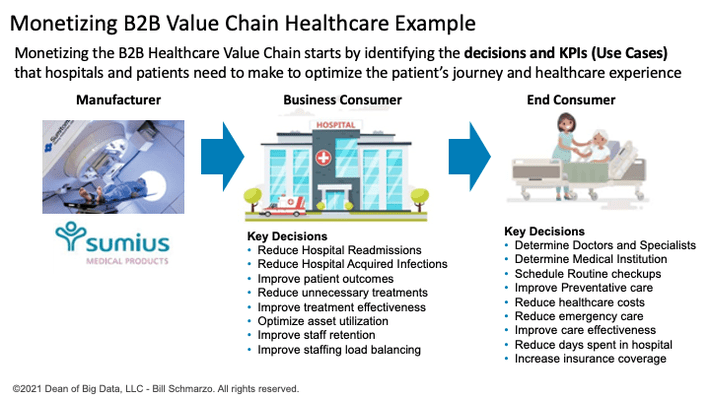
Figure 3: Business-to-Business-to-Consumer Value Chain
B2B2C companies can leverage Design Thinking concepts and tools such as the Stakeholder Journey Map (Figure 4) to identify, validate, value, and prioritize both consumer’s (channel consumer and end consumers) most important decisions.
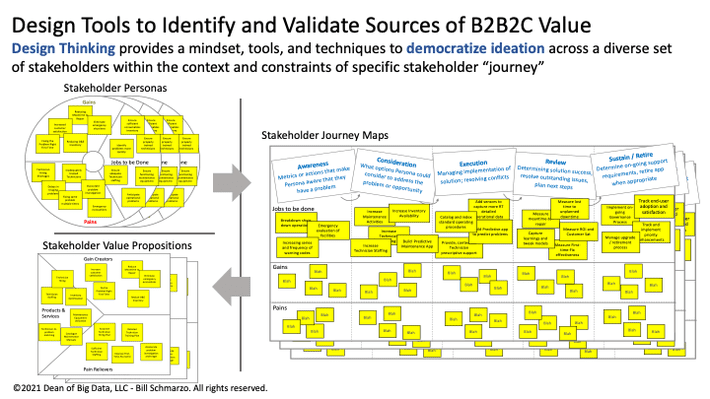
Figure 4: Design Tools to Identify Sources of B2B2C Value Creation
Once we have developed the journey maps for all the key B2B2C consumers (and there are many “consumers” that need to be thoroughly explored), then we can apply the expanded Data Science Customer Journey Map to identify the decisions and their corresponding data and analytic requirements that form the basis for the Data Products (Figure 5).
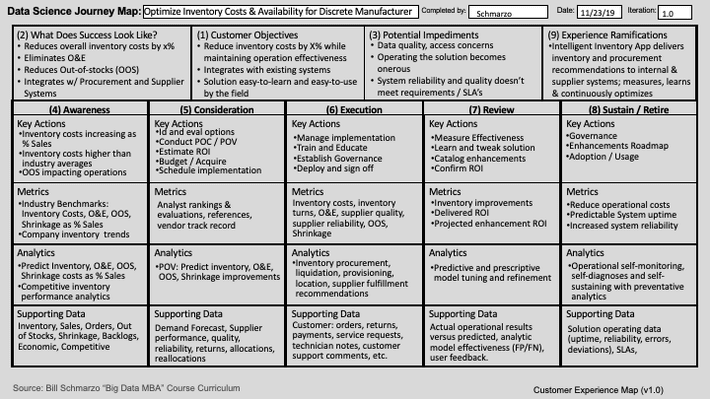
Figure 5: Data Science Customer Journey Map
Using B2B Data Products to Expand Product Value Creation
After this exercise, B2B or B2B2C companies should now have a solid understanding across their different “consumers” their jobs to be done, their gains and pains, and the data and analytic necessary to help these different consumers to optimize their key decisions. B2B companies can build Data Products that optimize both their partner consumers’ and end consumers’ key decisions, and then integrate those data products with their base products – such as CT scanners, cars, trucks, trains, airplanes, machining presses, conveyor belts, elevators, compressors, and air conditioners – to accentuate the value provided by the base product. And ideally, this integration of Data Products with the base product is happening within a product-as-a-service operational model.
“When you engineer a capability as a product, then it’s the user’s responsibility to figure out how best to use that product. But when your design a capability as a service, then it’s the designers’ and engineers’ responsibility to ensure that the service is capable of being used effectively by the user. This understanding of how users use your capabilities impacts revenue (usage-based revenue model), pricing (to thoroughly understand the value of that capability so as not to over or under price the capability) and SLA support agreements (to properly price service agreements based again upon the value of the capability).”
Figure 6 shows an example of the Data Products that a CT / MRI machine manufacturer could build to accentuate the value of the company’s base CT or MRI scanner product.
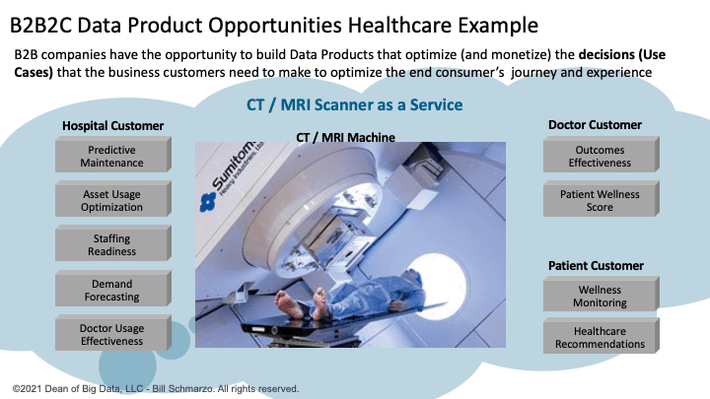
Figure 6: B2B Data Product Opportunities Healthcare Example
In Figure 6, an interlaced suite of Data Products extends the value of the base CT / MRI machine:
For the Hospital “Consumer”:
- Predictive Maintenance that answers the questions about when to service and replace components of the CT / MRI machine.
- Asset Usage Optimization that answers the questions about how to optimize the scheduling for when to use and how to use the CT/MRI machine.
- Staffing Readiness that answers questions about the necessary training and experience of the operators of the machines.
- Demand Forecasting that answers questions about when to purchase new CT/MRI capacity and project that estimated revenue stream from the acquisition of that additional capacity.
- Doctor Usage Effectiveness that answers performance and liability questions about specific doctors’ usage requests of the CT/MRI machines.
For the Doctor “Consumer”:
- Outcomes Effectiveness that answers doctors’ questions about how effective (and at what costs) the usage of the CT/MRI machine was at identifying potential patient situations and delivering successful patient outcomes
- Patient Wellness Score that answers doctors’ questions as to whether the usage of the CT/MRI machines are leading to improvements in the patient’s overall health and wellness.
For the Patient “Consumer”:
- Wellness Monitoring that answers patients’ questions about their overall wellness and whether their projected hospital provided treatments are improving that wellness or not.
- Healthcare Recommendations that answer patients’ questions about what preventative actions and behavioral changes that they can make to improve their overall wellness score.
B2B Data Products Summary
Going from selling a product to licensing the value of that product as a service is a massively strategic endeavor. Unfortunately, most enterprises don’t have the data to make it happen! That’s because many of these B2B organizations tend to think about what data to capture and how to use that data AFTER they have already developed the product, instead of starting with the decisions that their consumers are trying to make, understanding what data is necessary to help those consumers optimize their decisions, and then building the Data Products that exploit the product-as-a-service operating model to accentuate the value of their base product.
To be successful with an as-a-service offering, there needs to be a clear “line of sight” from the service being offered and the value being generated. We can leverage Design Thinking concepts that identify, validate, value, and prioritize where and how Data Products can enhance the organization’s service capabilities while creating new monetization opportunities.
We can also leverage AI and ML to create Data Products that appreciate in value the more they are used, becoming more predictive, more reliable, more effective, and consequently more valuable to their consumers. Yes, B2B companies can build Data Products that continuously-learn, adapt, and refine. Smells like the Schmarzo Economic Digital Asset Valuation Theorem at play yet again! And that’s nice.
